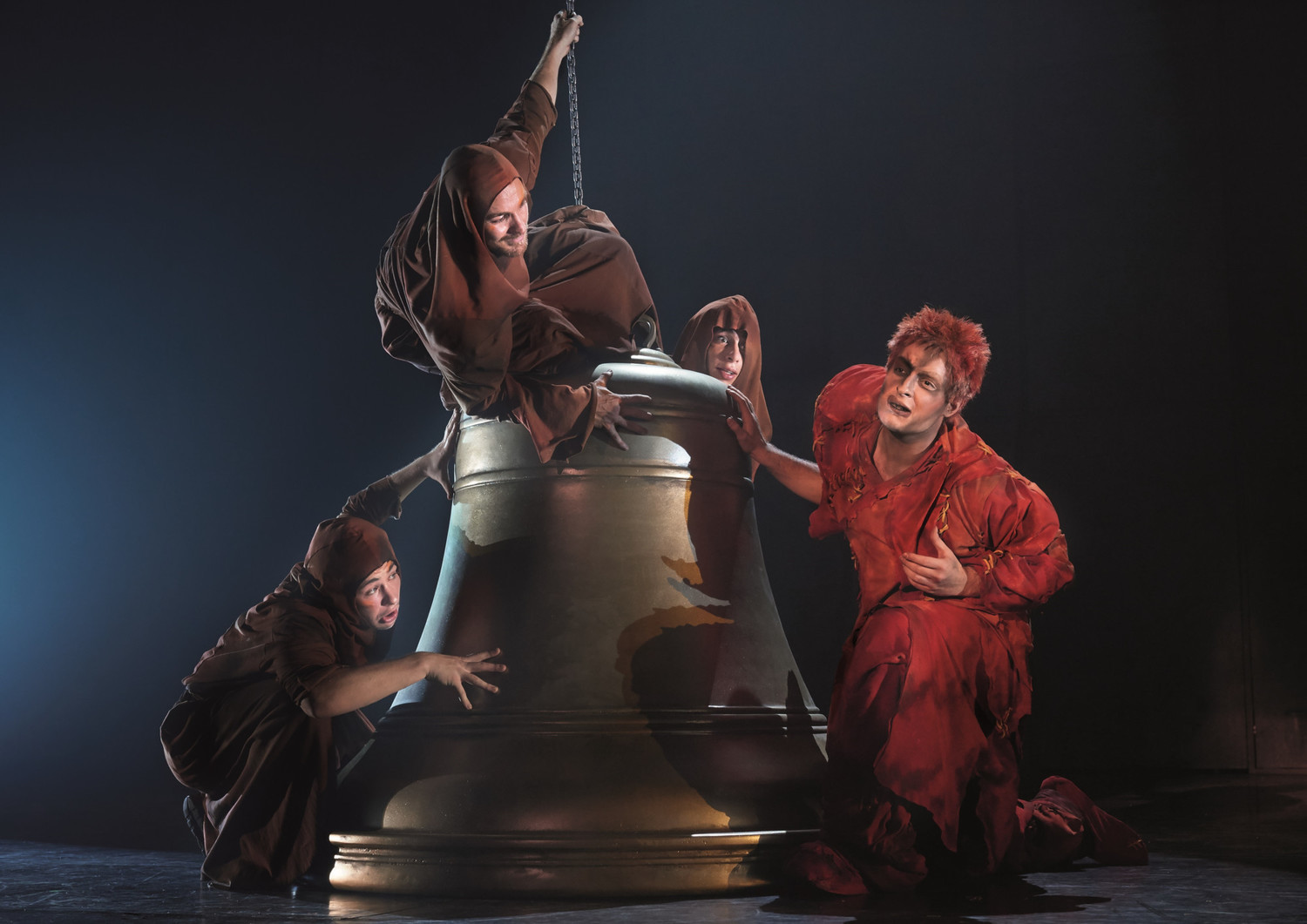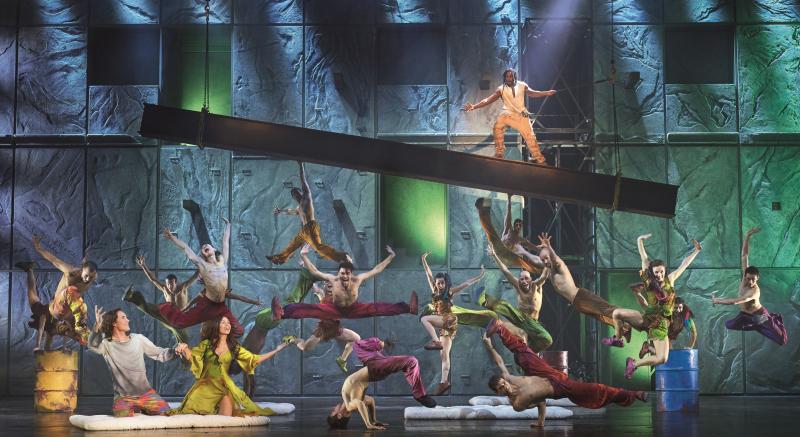Behind The Scenes at NOTRE DAME DE PARIS
In 2018, Richard Cocciante and Luc Plamondon's Notre Dame de Paris celebrated its 20th anniversary. The show (billed as "Un Spectacle musical"), based on the novel by Victor Hugo, began life at the Palais des Congrès de Paris and has since toured extensively - including several different translations - as well as frequently going 'home' on various occasions for limited runs.
It was last seen in London in 2000, and it returns in a couple of weeks for a short stay at the Coliseum; this time the show will be performed in the original French, with English surtitles, rather than using the previous English translation.

Last week, I was fortunate enough to have the opportunity to go behind the scenes as the current Parisian run came to an end, on the very stage where it saw its first ever performance.
The Palais des Congrès de Paris is not, on the surface, the most obvious of theatres. Not only does the venue host events such as conventions and awards ceremonies, but the building is also home to a huge shopping centre. On your way out of stage door you could pick up a discount carpet, or drop in on one of many designer stores while you wait to enter the auditorium!
Not all of Paris's theatres are housed in this particular fashion, of course, but I can't help but think that we're missing a trick by not having something of a similar kind here in the UK; the potential for passing trade is surely greater, especially when you consider that there's a 4,000-seat auditorium to fill.
Standing on the stage and looking out into the seating area, it's impossible not to feel a bit overawed. The space is vast, and the huge lights more than a little intimidating - the performers certainly have a lot of ground to cover during the course of a show. In this respect, the London Coliseum is a pretty perfect fit, as this stage is a very similar size, so relatively little will need to be altered.
One quite astonishing fact about the Palais Congrès auditorium is that the backstage area is so far away from the audience that the cast can happily sing along at the top of their voices without being heard by the audience! They can get so used to the freedom of this that they need to be reminded not to do so in different venues, where the sound will travel much more easily.

Backstage, there are male and female quick-change areas on either side, enabling the large ensemble to swiftly switch costumes between scenes, as well as a table full of very colourful 'Feast of Fools' wigs ready to be put on - these are made from rugby scrum caps, allowing the acrobats to move with ease throughout the number.
The backdrop of the stage is a large wall, with sections that are moved in and out at various points in the show; this is all done manually, to enable the movement to stay in time with the music. It is also one of a few things that adds some extra height to the set, as Quasimodo and Frollo can be seen scaling the walls and walking up and down the steps, respectively, occasionally stopping to perform on different levels.
After getting acquainted with the theatre and the workings of the show, all that remained was to see it. Despite some issues finding our seats - the doors aren't numbered, and seating blocks are separated into odds and evens rather than being fully sequential - the theatre itself was quite pleasant, and the 'no food' rule certainly helped with the audience experience.
One big difference in musical performances in France is that the music isn't played live, instead they use a backing track. Learning this quite early on in the trip did make me a bit wary, but it actually worked a lot better than I anticipated - for the London run, however, conductor Matthew Brind has orchestrated the score so the ENO can provide live music, which I'm sure will bring something different and exciting to the show.

The scale of the stage does overwhelm some of the more intimate scenes, as there is very little in the way of a set to fill the void, but elsewhere there is some dynamic choreography and fantastic acrobatic sequences, such as Quasimodo singing to his beloved Notre Dame bells.
This can get a touch repetitive, but the performers fill the space with such ease - which is no mean feat on a stage of that size.
If you have a basic knowledge of French, it's fairly straightforward to follow; otherwise, a rough familiarity with the story may come in handy as there are some sections that aren't as easy to stick with. There will be English captions, but depending on where these are positioned you may not want to completely rely on them. It's easy to get swept up in the music, and Richard Charest is particularly charismatic and engaging as the poet Gringoire.
For the French, it's an experience as much as a show, which was demonstrated to great effect at the end, as the theatre gave an instantaneous standing ovation and sang along with Charest in a reprise of the opening number, "Les Temps de Cathedrales".
This spine-tingling moment showed just what the show and the story means to Parisians, even after all this time. It will be interesting to see what London makes of it second time around.
Notre Dame de Paris is at the London Coliseum from 23-27 January
Picture credit: Alessandro Dobici
Comments


